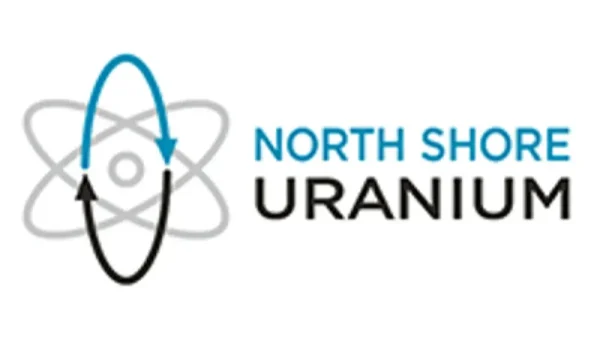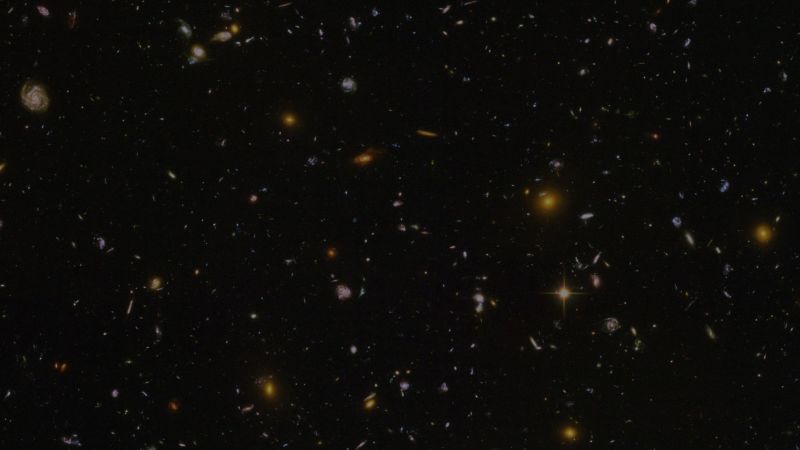A massive underwater mountain, otherwise known as a seamount, has been discovered on the floor of the Pacific Ocean off the coast of Guatemala.
The seamount is most likely a remnant of an extinct volcano, as most seamounts are, according to NOAA Ocean Exploration, a federal program that is part of the National Oceanic and Atmospheric Administration. At 1,600 meters (5,249 feet) tall, it’s nearly twice the height of Dubai’s Burj Khalifa, the tallest building in the world, according to a news release from Schmidt Ocean Institute, a nonprofit organization that advances oceanographic research.
The discovery of the massive structure — which covers 14 square kilometers (5.4 square miles) and sits 2,400 meters (7,874 feet) below sea level — occurred in July during an SOI expedition, which are part of the institute’s efforts to further explore the ocean, using a research vessel known as Falkor (too). The ship is designed to map the seafloor by using a multibeam echosounder, which sends out sound waves to the ocean floor in a fan-shaped pattern, then measures the time it takes for the sound to reach the ocean floor and return.
Tomer Ketter, a hydrographer and marine technician with the Schmidt Ocean Institute, was also on board, a spokesperson for the institute said, and Ketter confirmed that the seamount was not in any database measuring ocean depths, including the General Bathymetric Chart of the Oceans.
“A seamount over 1.5 kilometers tall which has, until now, been hidden under the waves really highlights how much we have yet to discover,” said Dr. Jyotika Virmani, executive director of Schmidt Ocean Institute, in the news release. “A complete seafloor map is a fundamental element of understanding our Ocean so it’s exciting to be living in an era where technology allows us to map and see these amazing parts of our planet for the first time.”
The seamount was discovered 84 nautical miles outside the Guatemalan Exclusive Economic Zone. It is estimated that there are more than 100,000 seamounts taller than 1,000 meters (3,280 feet) in the world, but less than one-tenth of a percent have been explored, according to NOAA.
“Seamounts have been explored only relatively recently due to the advent of human occupied submersibles and very capable remotely operated vehicles (ROVs),” said Les Watling, an emeritus biology professor with the University of Hawaii at Manoa, via email. Watling was not involved with the discovery but was part of a Schmidt Ocean Institute exploration in 2019.
Finding a seamount
“The fact that it is not on the chart is a bit amazing,” Watling said, noting that most of the ocean floor is unexplored. (NOAA estimates less than 25% of the ocean floor has been mapped as of 2023.)
Ocean researchers know where most seamounts — even ones that haven’t been mapped and explored — are in the world due to satellite radar altimeters, which are used to detect slight differences in the height of the sea by measuring the time it takes a radar pulse sent from a satellite to reach the ocean’s surface and return, Watling said. Above a seamount’s location, the surface of the ocean will bulge slightly, allowing for detection of the large underwater mountains.
About 11 kilometers (6.8 miles) away from where the seamount was mapped, satellite altimetry had shown a modeled seamount, which was most likely this recently mapped seamount, Ketter said, since the pinpoint location of the model may be off due to other land masses in the area. The seamount was not mapped or known before, only its location was predicted from satellite data, he said.
The recently discovered seamount may be taller than the world’s tallest building, but some have been found to have a height of 4,000 meters (13,123 feet) or more, Watling said. The tallest mountain in the world, Mauna Kea in Hawaii — which measures more than 10,210 meters (33,500 feet) from base to peak — started out as a seamount, according to NOAA.
Seamounts act as biodiversity hot spots
Due to a seamount’s geological formation, the mountains tend to serve as biodiversity hot spots, providing a hard surface to which corals, sponges and other marine invertebrates can cling.
“Seamounts create distinct ecosystems because the normally sluggish currents above the deep seafloor accelerate as much as 10-fold as they flow around these obstructions,” said Tony Koslow, an emeritus research oceanographer with Scripps Institution of Oceanography at the University of California, San Diego, in an email.
The accelerated currents create the hard rock substrate to which invertebrates attach themselves while also drawing in other fauna that feed on food particles swept around by the currents, said Koslow, author of “The Silent Deep: The Discovery, Ecology, and Conservation of the Deep Sea.” He was not involved in the discovery.
Researchers estimate that 15% to 35% of endemic ocean species live in a seamount ecosystem, and migratory species also seek out the structures to breed, feed or seek refuge, according to the Pew Charitable Trusts.
“The incredible diversity of life on seamounts has been recognized only relatively recently,” Koslow said. “Perhaps the most significant aspect of this discovery is that it confirms that the seafloor is still poorly mapped.”
Correction: A previous version of the story misstated Tomer Ketter’s work affiliation.







































